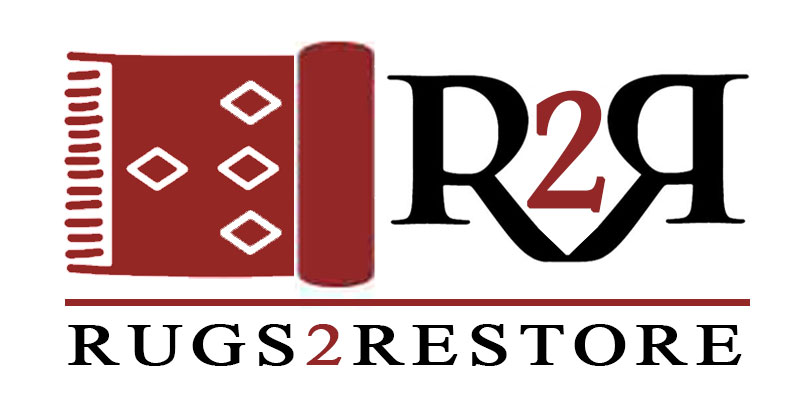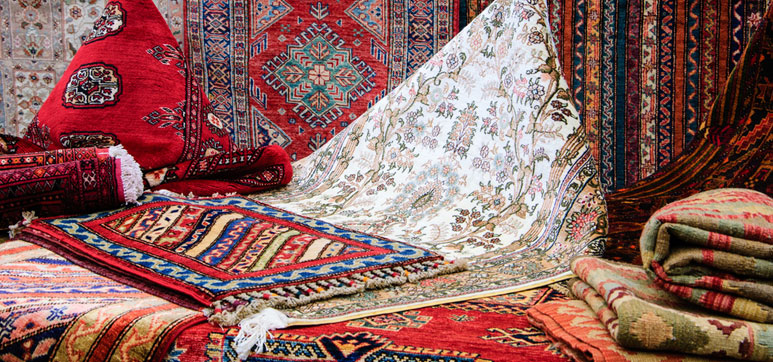Persian rug culture is one of the most fascinating and diverse in the world. For centuries, Persian rug makers have been creating stunning pieces that are both works of art and functional objects. Today, Persian rugs are prized by collectors and homeowners alike for their beauty, craftsmanship, and unique designs. If you’re interested in learning more about Persian rug culture, you should know a few key points.
- Persian rugs come in a wide variety of sizes, materials, and colors. There is literally a Persian rug out there to suit any taste or budget.
- Persian rug makers use a variety of techniques to create their stunning designs. From hand-knotting to hand-weaving, each rug is made with care and precision.
If you’re looking for a way to add some global flair to your home décor, why not consider a Persian rug? Not only are these rugs beautiful and unique, but they also have a rich history and culture behind them. Here’s a closer look at Persian rug culture and the incredible diversity of design.
What are Persian Rugs?

Persian rugs are some of the world’s most iconic and beautiful pieces of art. Persian rugs have been around for centuries, with the earliest examples dating back to the 16th century. They are also incredibly diverse, with a wide range of designs that reflect the many different cultures of the Persian Empire. From floral patterns and geometric shapes to traditional motifs and modern abstractions. From the vibrant reds and blues of Tabriz rugs to the more subdued hues of Isfahan and Kashan carpets, there is a clean Persian rug to suit every taste.
In Persia (now Iran), rug-making is an ancient art form that has been passed down through generations. Rugmakers use a variety of traditional techniques to create their masterpieces, including hand-knotting, hand-weaving, and hand-dyeing. The designs of Persian rugs are often inspired by nature, with floral and geometric patterns being particularly popular. However, there is no one “Persian rug style” – instead, there is incredible diversity in design, with different regions and tribes producing their own unique carpets.
But what’s the history of Persian rugs?
Persian rugs are one of the most significant and culturally rich pieces of art in history. These hand-woven rugs have been used for centuries to adorn the homes and palaces of Persian nobility and royalty. Today, they are still highly prized by collectors and enthusiasts worldwide. The history of Persian rugs is a long and fascinating one. Rug making is thought to have originated in the region that is now modern-day Iran, with the earliest evidence of rug production dating back to the 3rd millennium BC. Over the centuries, rug-making spread throughout the Middle East and Asia, with Persian artisans developing their own distinct style of rug-making that became known for its intricate designs and brilliant colors.
Persian rugs remained highly coveted by the elite class throughout history. In the 17th century, Shah Abbas I commissioned a number of famous Iranian rug makers to create carpets for his palace in Isfahan. These exquisite carpets became known as “Abbasi” carpets, and their popularity spread throughout Europe.
During the 18th and 19th centuries, many European colonists brought Persian rugs back to their home countries as souvenirs or gifts. As a result, Persian rug-making traditions began to influence Western design, particularly in the area of interior decoration. The Victorian era saw a surge in popularity for Oriental-style rugs, with many designers incorporating Persian motifs into their work.
Today, Persian rugs are still highly sought-after by collectors and enthusiasts worldwide. Thanks to their rich history and stunning craftsmanship, these beautiful works of art continue to be treasured by generations of admirers. If you’re thinking of adding a Persian rug to your collection, or want to learn more about this fascinating aspect of culture, then read on for a closer look at the incredible diversity of design in Persian rug culture.
The Incredible Diversity Of Design Within Persian Rugs

Persian rug culture is one of the world’s oldest and most richly varied. For centuries, Persian rug designers have been creating intricate and beautiful rugs that are prized for their intricate designs and beautiful colors. Today, Persian rugs are still highly sought-after by collectors and interior designers alike. There is a great deal of diversity within Persian rug culture. Different regions and tribes of Iran have developed unique styles of rug-making, each with distinctive patterns and colors. This diversity is one of the things that makes Persian rugs so special and collectible.
Persian rugs can be broadly divided into three main categories: city rugs, village rugs, and tribal rugs.
We highly recommend visiting a local rug store or gallery if you’re interested in learning more about Persian rug culture. There, you’ll see the incredible design diversity for yourself and maybe even find the perfect rug for your home!
The Various Styles Of Persian Rugs From Different Cities In Iran
There is no denying the fact that Persian rugs are some of the most beautiful and coveted rugs in the world. If you are fortunate enough to own one, then you know first-hand how special they are. Many people don’t realize that there is a great deal of variation among Persian rugs, depending on their city of origin. Here are some of the various styles of Persian rugs:
- Tabriz Rugs: One of the most popular styles of Persian rug comes from the city of Tabriz. Tabriz is considered the “capital” of Persian rugs. Rugs from this city are characterized by their fine craftsmanship and wide range of colors. Tabriz rugs are often made with wool or silk and can be hand-knotted or machine-made.
- Isfahan Rugs: Another popular style of Persian rug comes from the city of Isfahan. These rugs are typically lighter in color than Tabriz rugs and often feature floral or geometric patterns. The designs of Isfahan rugs are often inspired by nature, such as flowers and leaves. Isfahan rugs are usually made with wool or cotton and can be hand-knotted or machine-made.
- Mashad Rugs: Persian rugs from the city of Mashhad are also quite popular. These rugs tend to be darker in color than Tabriz and Isfahan rugs and often feature abstract patterns. Mashhad rugs are usually made with wool or cotton and can be either hand-knotted or machine-made.
- Last but not least, Kashan Rugs: Kashan rugs are known for their luxurious feel and rich, deep colors. These rugs often feature intricate floral designs.
If you’re thinking about purchasing a Persian rug, it’s important to familiarize yourself with the different styles from different cities in Iran. That way, you can buy Persian rug for your home or office.

